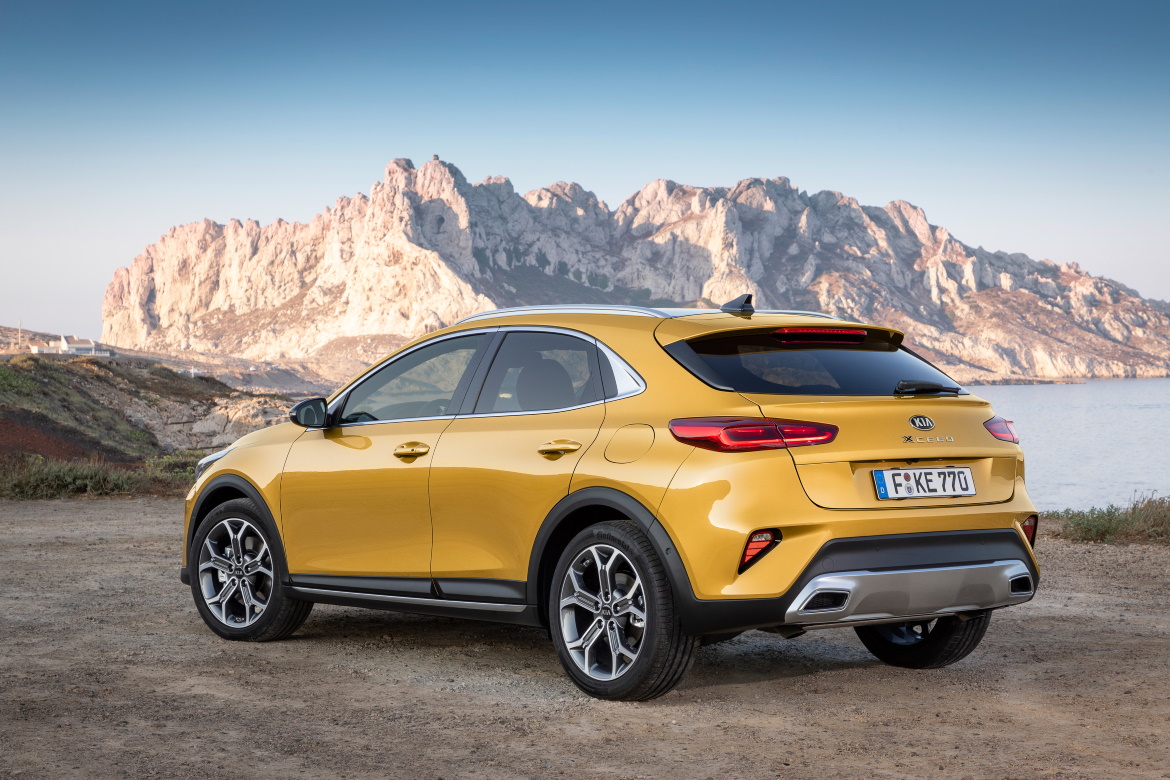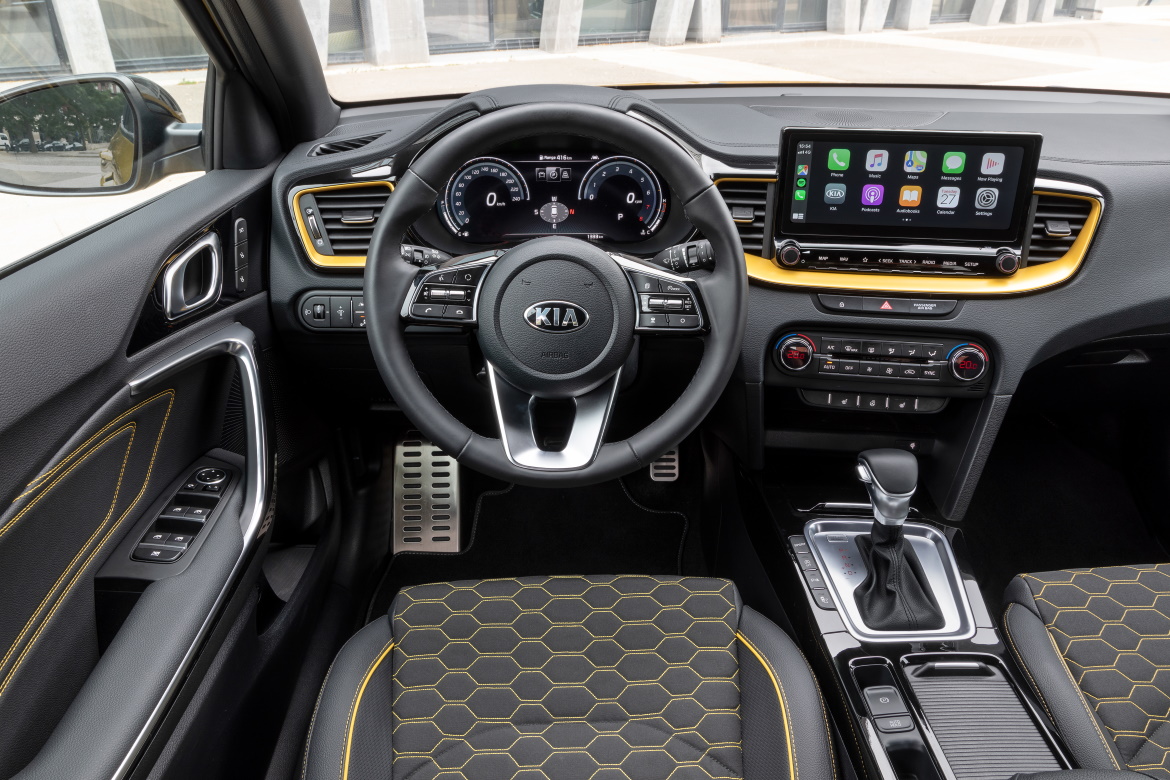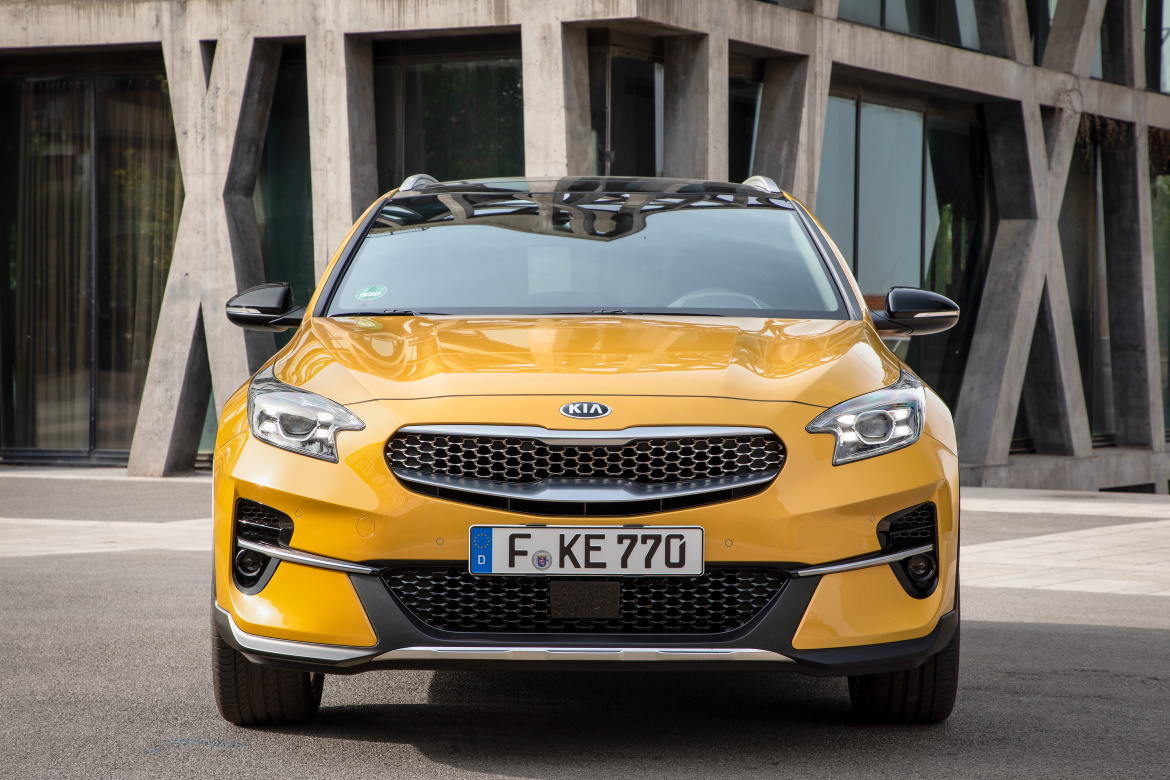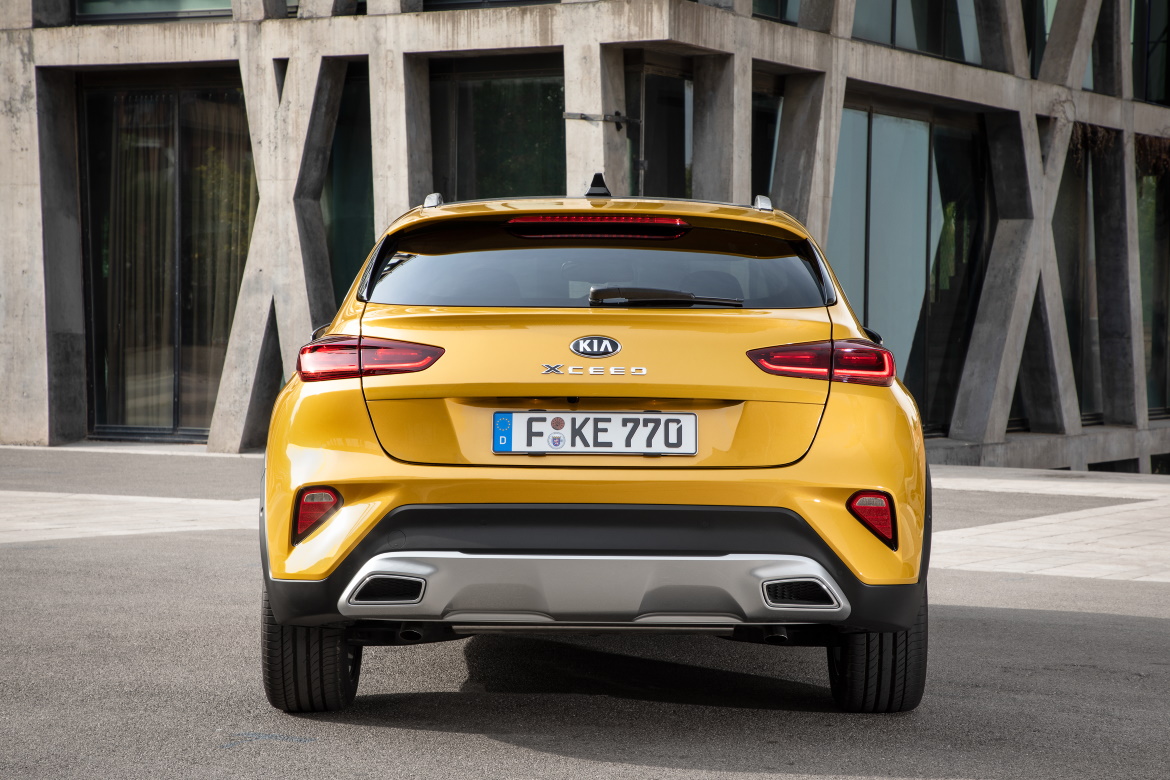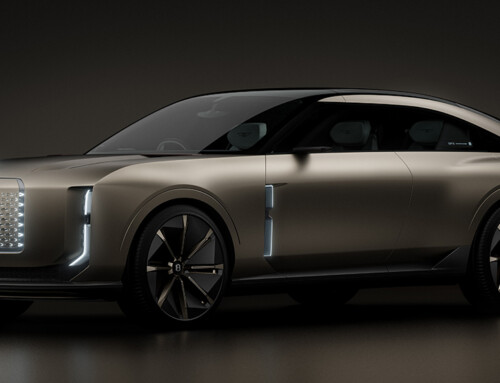Take a Kia Ceed, raise the vehicle’s body off the ground by a couple of centimetres, make it sportier and more personal in its design, and you get the XCeed. This must have been the Korean manufacturer’s idea when it decided to create a C-segment crossover to be designed, produced, and sold in Europe. The Kia XCeed adds to and completes the Ceed family range as the fourth model after the hatchback, the station wagon, and the shooting brake (Proceed).
“When we designed the Ceed range, we didn’t have a brief for designing a crossover,” Gregory Guillaume, head of Kia Europe design, explains. “While we were developing projects for other models, we had, however, thought about something that mixed the emotion of the ProCeed and, at the same time, offered something new. An urban crossover seemed to embody these values. Thus, the XCeed was born.” The no less important market reasons should also be mentioned, given that SUVs and crossovers have a 35% market share in Europe.
We drove the Korean compact on the roads around Marseille, appreciating its good dynamic qualities, even if its driving is strictly dedicated to comfort, as it should be in a vehicle of this type. Seen in the flesh, the XCeed seems to belong to a higher segment, in part because of the elongated bonnet and its coupé-like tail. According to what the manufacturer has stated, the only bodywork panels taken from its Ceed sister are the front doors.
The nose has a more decisive design compared to the hatchback, with a more prominent grille and a bigger lower air vent. The XCeed boasts some technological innovations in the interiors – assembled with an accuracy that is worthy of a premium product – such as the new 10.24-inch screen in the centre of the instrument panel and the digital dashboard screen measuring 12.4 inches. In the latest issue of Auto&Design (no. 238, September/October 2019) we tell the story of the XCeed’s genesis with a dedicated design story.

